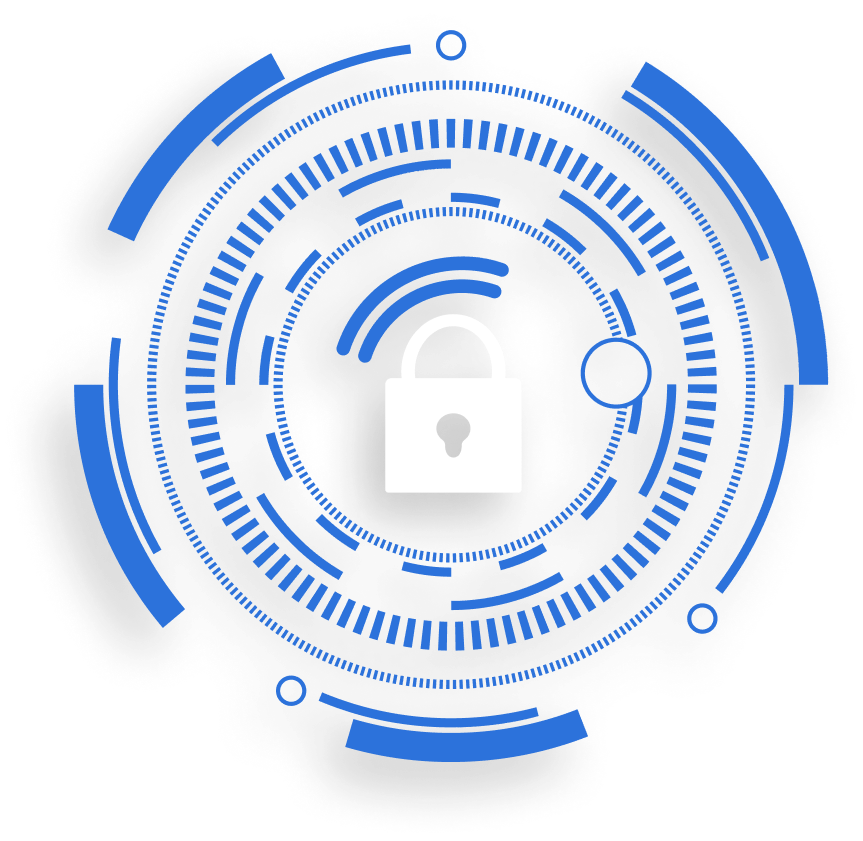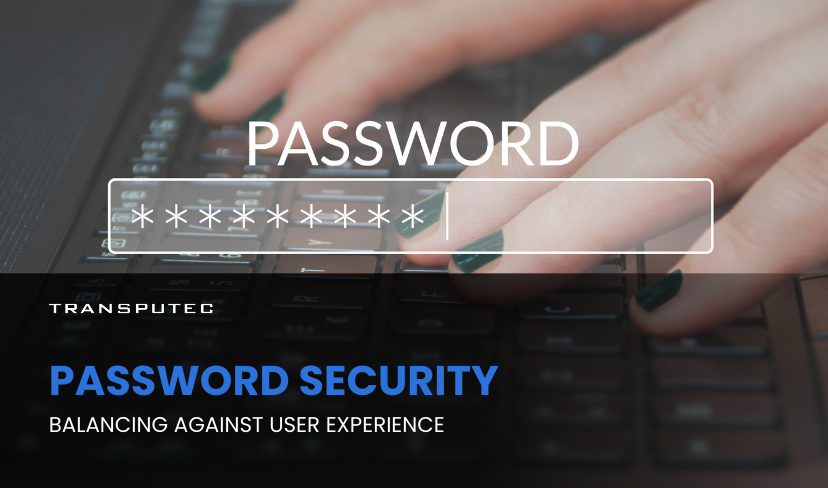Written by KRITIKA SINHA | MARKETING
In today’s digital age, businesses face a critical challenge: how to enforce robust password security without compromising user experience. Employees often resort to weak or reused passwords to simplify their workflow, inadvertently exposing the organisation to cyber threats. Striking the right balance between stringent security measures and seamless usability is essential to protect sensitive data and maintain operational efficiency.
This blog explores effective strategies to achieve this equilibrium, offering insights into password security best practices, the role of user education, and how Transputec can assist in implementing these solutions
The Importance of Password Security
Passwords serve as the first line of defence against unauthorised access to sensitive information. Despite advancements in authentication technologies, passwords remain a fundamental component of cybersecurity.
However, poor password practices can lead to significant vulnerabilities. For instance, a 2025 report revealed that 80% of breaches occur due to weak or reused passwords. This alarming statistic underscores the necessity for organisations to prioritise password security.
Challenges in Balancing Security and User Experience
Here are five key challenges in balancing security and user experience:
1. Complex Password Requirements
Enforcing strict password policies (e.g., a mix of uppercase, lowercase, numbers, and special characters) often frustrates users, leading them to create predictable patterns or write down passwords.
2. Frequent Password Resets
Regularly forcing users to change passwords can reduce security, as they may resort to minor variations of old passwords or reuse passwords across multiple accounts.
3. Increased Support Requests
Complex password policies and frequent resets result in more IT helpdesk queries, increasing operational costs and reducing productivity.
4. Resistance to Multi-Factor Authentication (MFA)
While MFA significantly enhances security, users may find additional authentication steps cumbersome, leading to non-compliance or workarounds that weaken security.
5. Balancing Security with Accessibility
Restrictive security measures can create barriers for employees, especially those who require seamless access to critical systems, impacting efficiency and workflow.
Strategies for Enhancing Password Security Without Compromising User Experience
1. Emphasize Password Length Over Complexity
Recent guidelines suggest that longer passwords are more secure than shorter, complex ones. Encouraging users to create passphrases—combinations of random words—can enhance security while improving memorability. For example, a passphrase like “Moustache-Breadcrumb-Headspin” is both stronger and easier to remember than a complex string of characters.
2. Implement Passphrases
Passphrases are a practical alternative to traditional complex passwords. By combining three or more random words, users can create passwords that are both secure and memorable. This approach reduces the cognitive load on users and decreases the likelihood of password reuse across multiple accounts.
3. Provide Real-Time Password Strength Feedback
Integrating real-time feedback mechanisms during password creation can guide users toward stronger passwords without causing frustration. Password strength meters, for instance, visually indicate the robustness of a password as it’s being created, encouraging users to choose more secure options.
4. Utilise Multi-Factor Authentication (MFA)
MFA adds an extra layer of security by requiring additional verification methods beyond just passwords. This approach significantly reduces the risk of unauthorised access, even if a password is compromised. Implementing MFA can enhance security without placing additional burdens on users.
5. Educate Users on Password Security Best Practices
User education is crucial in fostering a culture of security within an organisation. Training sessions and regular communications can inform employees about the importance of password security, the risks associated with poor practices, and how to create and manage strong passwords effectively.
Ready To Enhance Your Password Security Without Compromising Usability?
Contact us today to connect with an expert and get started on optimising your IT operations.
How Transputec Helps
At Transputec, we understand the delicate balance between enforcing robust password security and ensuring a seamless user experience. Our comprehensive cybersecurity solutions are designed to address this challenge effectively. We offer tailored strategies that include implementing passphrase policies, integrating real-time password strength feedback tools, and deploying multi-factor authentication systems. Additionally, our user education programs are crafted to empower employees with the knowledge and skills necessary to maintain strong password practices.
By partnering with Transputec, organisations can achieve enhanced security without compromising usability, thereby protecting sensitive data while maintaining operational efficiency.
Conclusion
SMEs face numerous IT challenges, from cybersecurity threats to limited technical expertise. Remote IT support for SMEs provides a powerful solution that enhances security, ensures smooth operations, and reduces costs. Transputec’s tailored solutions ensure businesses benefit from expert support, allowing them to focus on growth.
Contact Transputec today to connect with an expert and get started with reliable remote IT support for SMEs that empowers your business.

Secure Your Business!
Ready to explore how we can enhance your security posture? Contact us today to speak with one of our experts.
FAQs
1: How does Transputec enhance password security without compromising user experience?
Transputec employs strategies such as implementing passphrase policies, integrating real-time password strength feedback, and deploying multi-factor authentication systems. These measures enhance security while ensuring that the user experience remains intuitive and efficient.
2: What are passphrases, and how do they improve password security?
Passphrases are combinations of random words that create longer, more secure passwords. They are easier to remember than complex strings of characters and significantly reduce the risk of password cracking. For example, “Moustache-Breadcrumb-Headspin” is a strong and memorable passphrase.
3: Why is multi-factor authentication important, and how can Transputec assist in its implementation?
Multi-factor authentication (MFA) adds a layer of security by requiring users to provide multiple forms of verification before accessing an account. This approach significantly reduces the risk of unauthorised access. Transputec assists organisations in implementing MFA by providing tailored solutions that integrate seamlessly with existing systems, thereby enhancing security without disrupting user workflows.
4: How does real-time password strength feedback benefit users?
Real-time password strength feedback provides users with immediate insights into the robustness of their passwords during creation. This guidance encourages the selection of stronger passwords, enhancing overall security. Transputec integrates such feedback mechanisms into password creation processes, aiding users in making informed choices.







